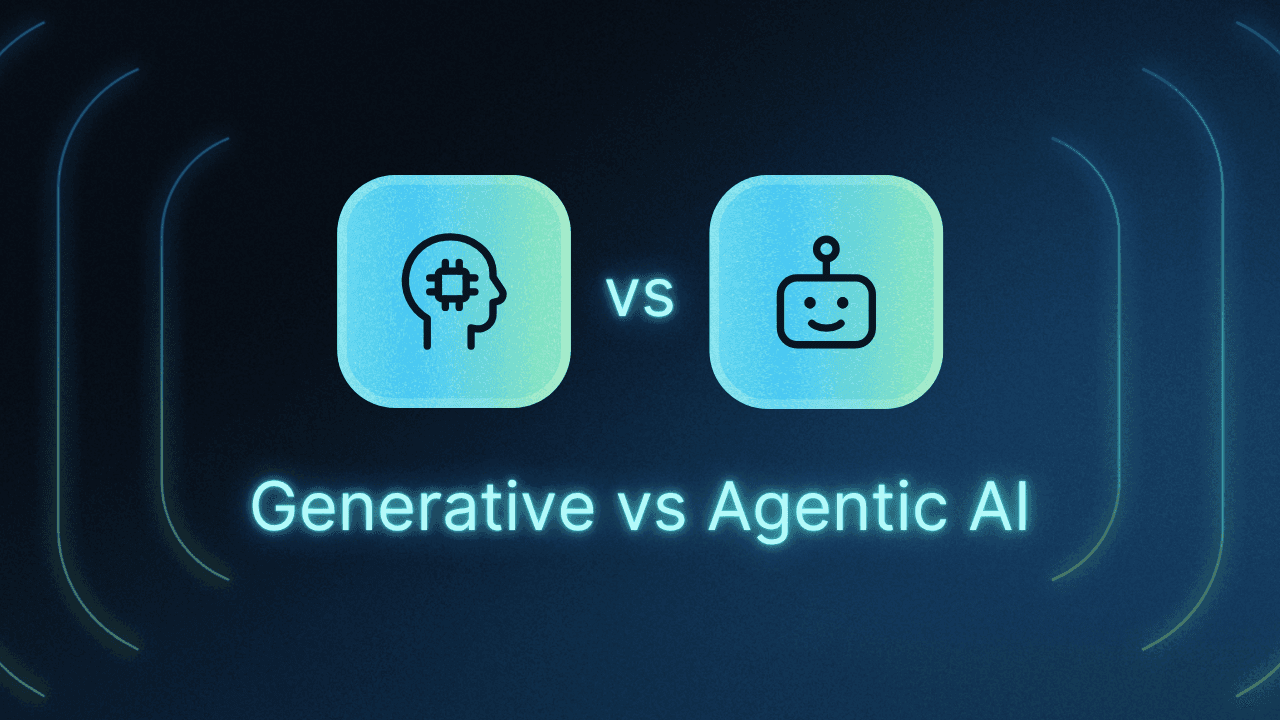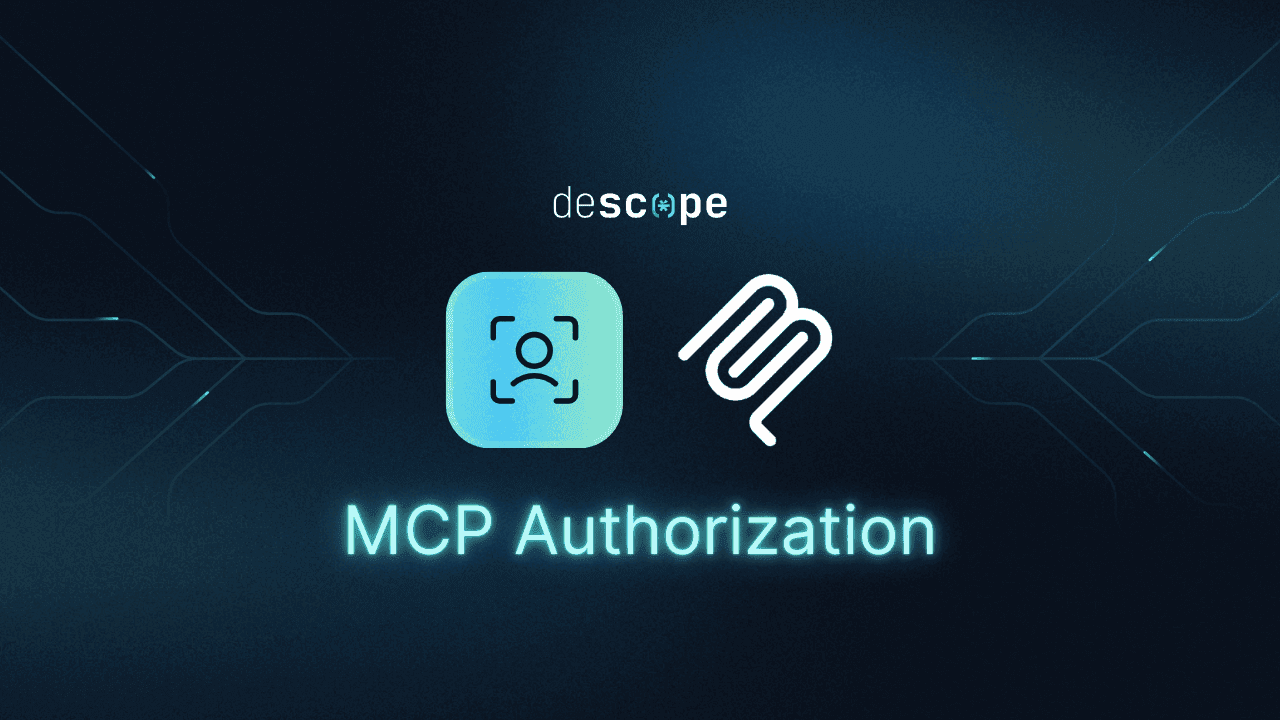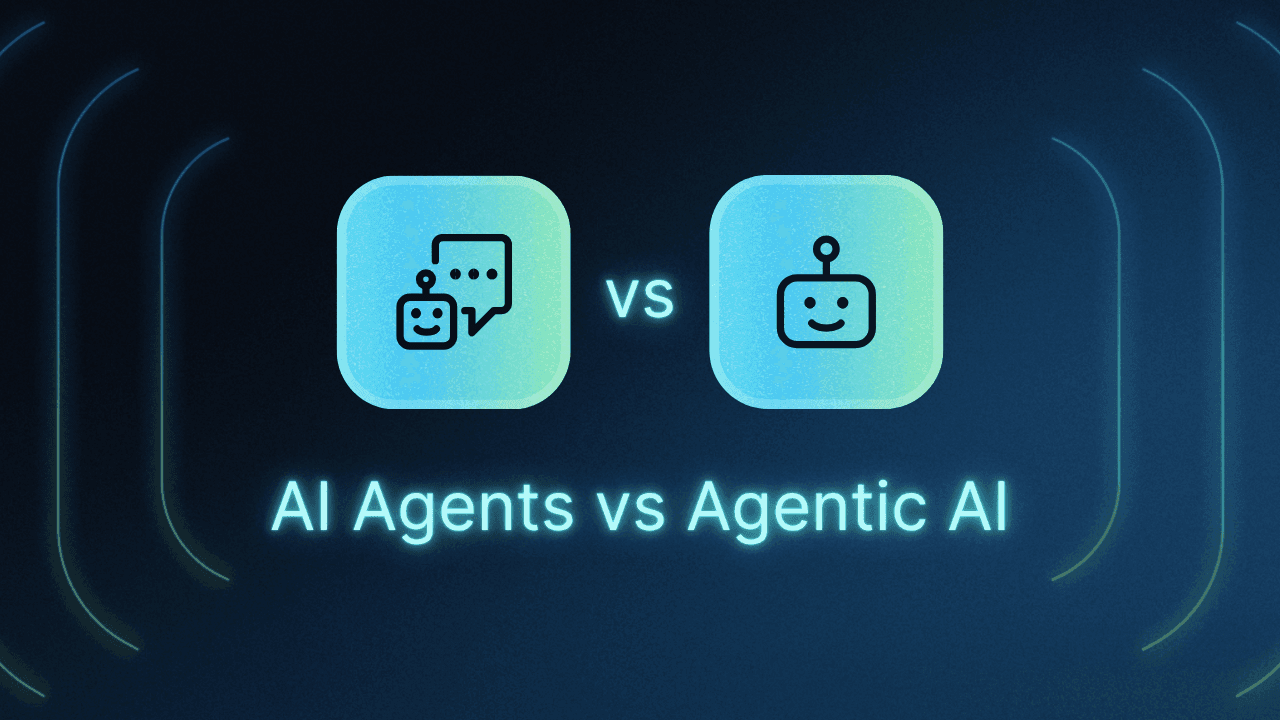Table of Contents
What is generative AI?
Artificial intelligence isn’t a single technology—it’s a spectrum of approaches that shape how machines support us. Some tools are designed to create, others to act, and many blur the lines between both.
Understanding the difference—or rather the relationship—between generative AI and agentic AI is key to making informed decisions about how to deploy AI in your organization.
In this blog, we’ll break down these two paradigms, highlight how they relate to one another, and explore why their convergence is reshaping the future of work and security.
Main points
Generative AI creates new outputs like text, images, code, and media by predicting patterns from massive datasets.
Agentic AI aims for autonomy, but it is not yet close to achieving it, with most useful applications remaining within narrow boundaries and requiring frequent human oversight to avoid errors and security risks.
Agentic AI depends entirely on generative AI, using the same models to produce outputs that are then extended into chained actions like reasoning, communication, or tool use.
What is generative AI?
Generative AI (gen AI or GAI) is artificial intelligence that creates new outputs. It creates text, images, audio, video, code, and other forms of media whole cloth based on its training data and user prompts. Gen AI models are trained on large datasets and learn the patterns inherent to them. They draw on this knowledge to predict the most likely response to a prompt and then refine their outputs through iterative comparisons against their training.
Common examples of generative AI products include OpenAI’s ChatGPT (text and images) , Midjourney (images), Sora (video) and Anthropic’s Claude (text, code, multimedia).
Typical use cases for generative AI include content generation for personal, academic, and professional purposes, as well as design and editing, conversational support, and coding assistance.
Generative AI has seen massive uptake since consumer-grade products became widely available, with a clear inflection point in November 2022 when OpenAI released ChatGPT 3.5. Within just two months, ChatGPT reached 100 million users, making it the fastest-growing consumer software application in history, quickly moving generative AI from niche technology to mainstream use.
According to a 2025 AP-NORC poll, 65% of Americans say they’ve used generative AI tools, including 74% of adults under 30. About 4 in 10 report using them for work tasks, highlighting how quickly general AI is becoming embedded in both professional and personal life.
What is agentic AI?
Agentic AI builds on generative AI by giving models the ability to act beyond single-turn outputs. At its core, agentic AI is still powered by the same LLMs used in generative applications.
The difference is how those generations are used. When an “agent” makes a decision, plans a sequence of steps, or executes a tool call, what’s really happening is the model generating text in a specific format that gets parsed into an action. Planning is generation. Coordination is generation. Execution is generation. The downstream effects feel different, but the foundation is the same.
In practice, agentic AI today is mostly about extending what generative models can do with tool and API access, conditional workflows, and state management. Frameworks like AutoGPT and LangChain demonstrate this by having LLMs produce structured outputs that can trigger follow-up steps or call external systems. Enterprise platforms such as Google Vertex AI Agents and IBM watsonx Orchestrate are experimenting with similar concepts, while productivity assistants like Microsoft Copilot take inspiration from the agentic model within more bounded ecosystems.
That said, agentic AI is still very early. Multi-step workflows often break down after just a few steps, and reliable enterprise-grade deployments are rare. Most production examples today are narrow in scope—things like automated financial analysis and reporting, or having an AI agent draft and send emails with light supervision.
The promise of “robust automation” is real, but the technology isn’t there yet. For now, agentic AI should be seen as generative AI “plus” with enormous potential, but also a high rate of failure when scoped too ambitiously.
Read more: 7 Best AI Agent Builders
Agentic AI vs. generative AI: Their relationship
Since agentic AI relies on generative AI, the difference isn’t in the underlying model but in how it’s used. Generative AI is direct and prompt-driven: you ask, it creates. Agentic AI wraps that same model in additional scaffolding to carry out multi-step tasks.
Here’s how they stack up in terms of functionality:
Focus – What kinds of tasks does each tool primarily work within?
Generative AI produces outputs (text, images, code, etc.).
Agentic AI uses those outputs to decide which tool or API to call next, enabling chained actions.
Autonomy – How much human input and oversight is needed?
Generative AI is reactive and requires human prompting and oversight.
Agentic AI aspires to be more self-directed, but today’s agents:
Still need human approval for significant actions
Operate within narrow, predefined domains
Often fail when workflows are too complex. For example, Gemini agents fail ~70% of the time.
Scope of action – How much flexibility does each tool provide?
Generative AI stays in “creation mode” with limited capability elsewhere.
Agentic AI extends creation with orchestration, but only within the boundaries provided—it’s not “true autonomy,” just multi-step scaffolding.
In simplest terms:
Direct generative AI use is simple: User prompts > model generates > user gets the output. Each prompt is a single interaction, with human involvement at every step.
Agentic patterns are more complex: User sets a goal > agentic system breaks it into steps > calls tools/APIs > iterates based on results > reports back. It’s clear that multiple steps (though ideally not too many), a quasi-autonomous workflow.
The practical choice comes down to context: if you want one-off content or answers, generative AI suffices. If you want to chain tasks across tools and systems, agentic AI may help but only with careful scoping, oversight, and human-in-the-loop design.
As these systems mature, emerging protocols like Model Context Protocol (MCP) and Agent-to-Agent (A2A) communication are beginning to shape how agents securely connect to tools and even interact with each other.
Challenges and considerations
Despite the value both approaches provide, generative and agentic AI also come with inherent risks that developers and adopters must navigate.
Generative AI risks: Accuracy and “hallucinations” remain a concern, as outputs can sometimes invent details or misinterpret data. Copyright and intellectual property issues are also pressing, both for training inputs and generated outputs, making human oversight critical.
Agentic AI risks: Agentic systems inherit all of the above challenges and add new ones. Because they’re designed to chain actions together, a single hallucination or misstep can cascade across multiple steps or tools. Poorly scoped or configured agents may make inefficient or noncompliant decisions, and reliability drops sharply as workflows become more complex.
Shared risks: Security, explainability, and governance. While comprehensive AI regulations are still emerging, best practices suggest treating AI ecosystems with the same rigor as traditional IT infrastructure.
One especially important safeguard is identity and access management (IAM). AI agents, like human employees, require provisioning, monitoring, and deprovisioning of access. Implementing adaptive IAM ensures that only authorized agents can act within systems, reducing the risk of unauthorized actions or data leaks.
Protect your AI apps and agents
Agentic and generative AI each bring powerful, complementary capabilities to the modern tech stack. But with that added autonomy comes the critical need for secure identity and access management in AI ecosystems.
As AI agents become more autonomous, securing how they authenticate, connect, and interact with enterprise systems is essential. Descope provides IAM for AI agents and MCP servers, letting you turn your app into an OAuth provider, securely connect agents with external tools, and enforce fine-grained policy controls, all while keeping authentication seamless for users.
Sign up for a Free Forever account to explore Descope’s AI use cases to build and scale agentic AI with security at the core. Or rather, book a demo and let our experts walk you through.






